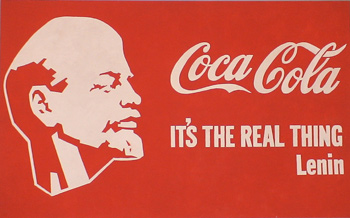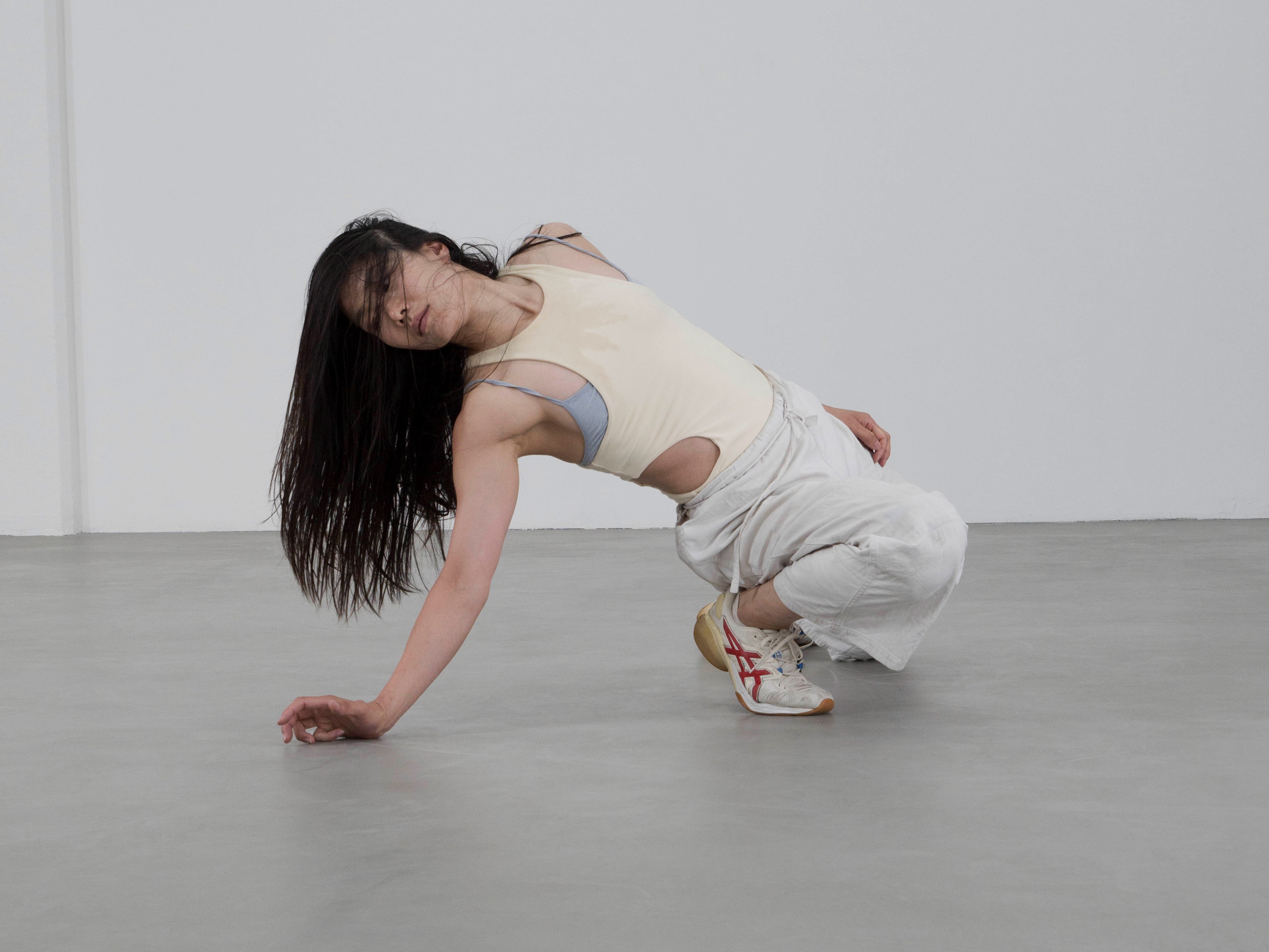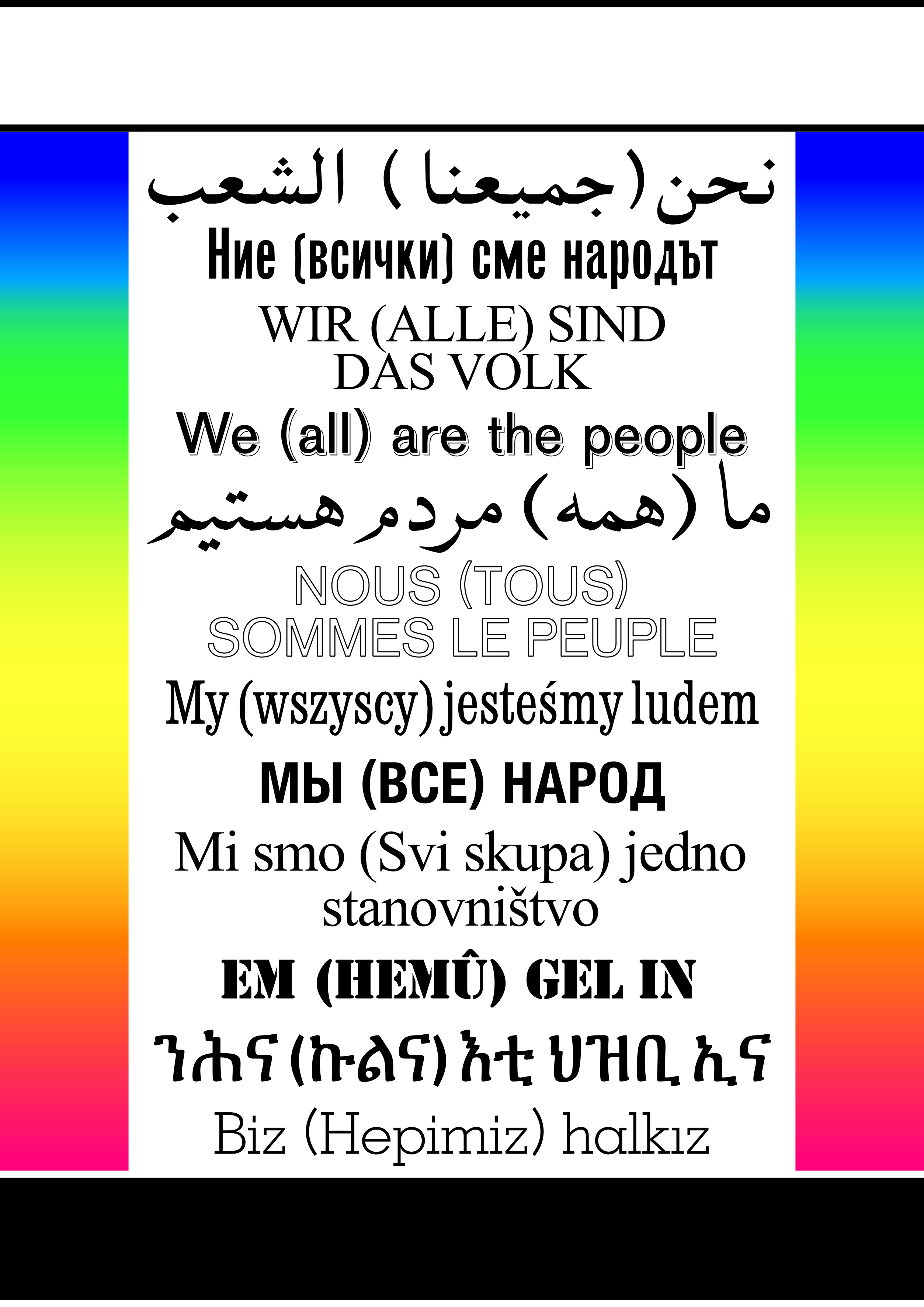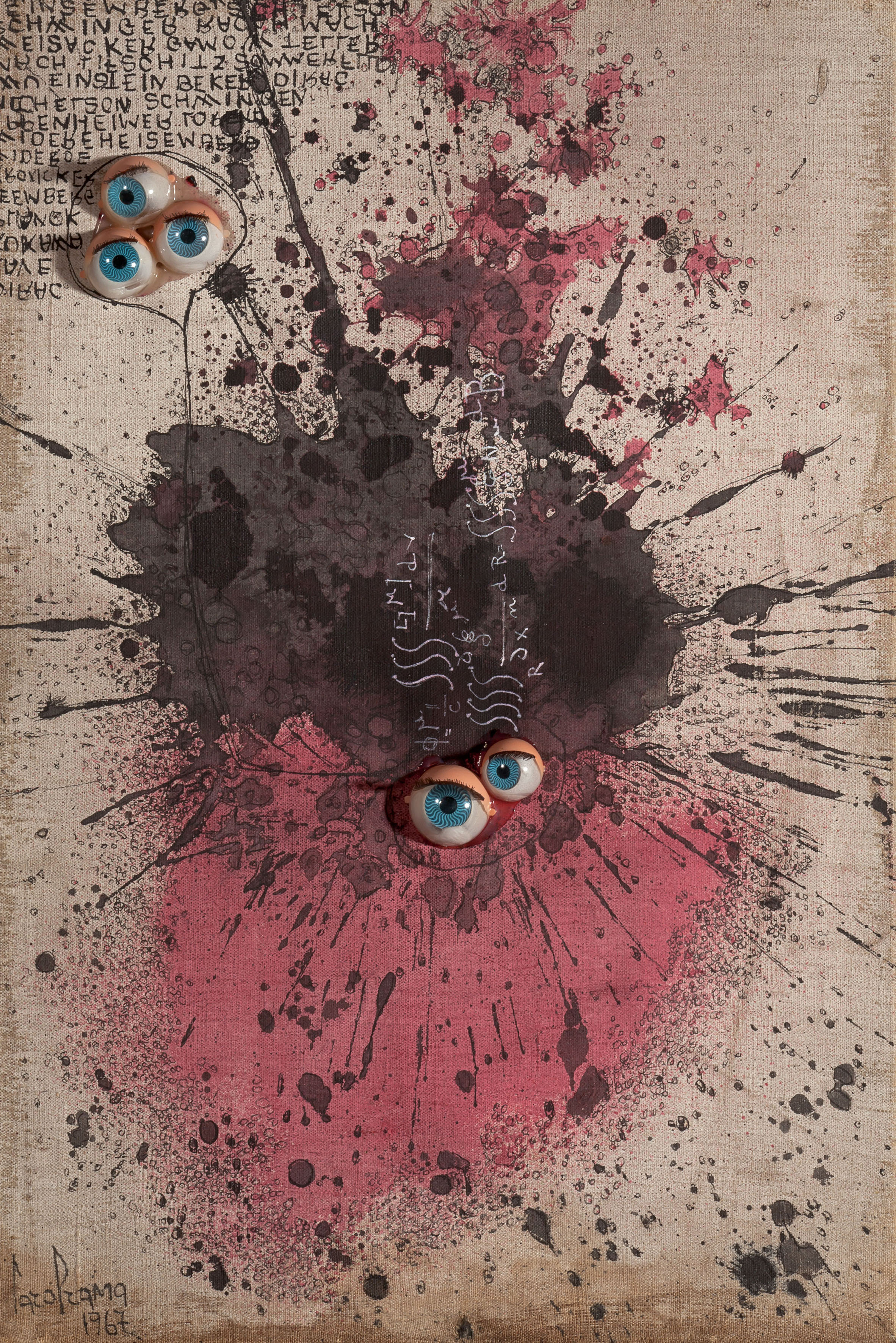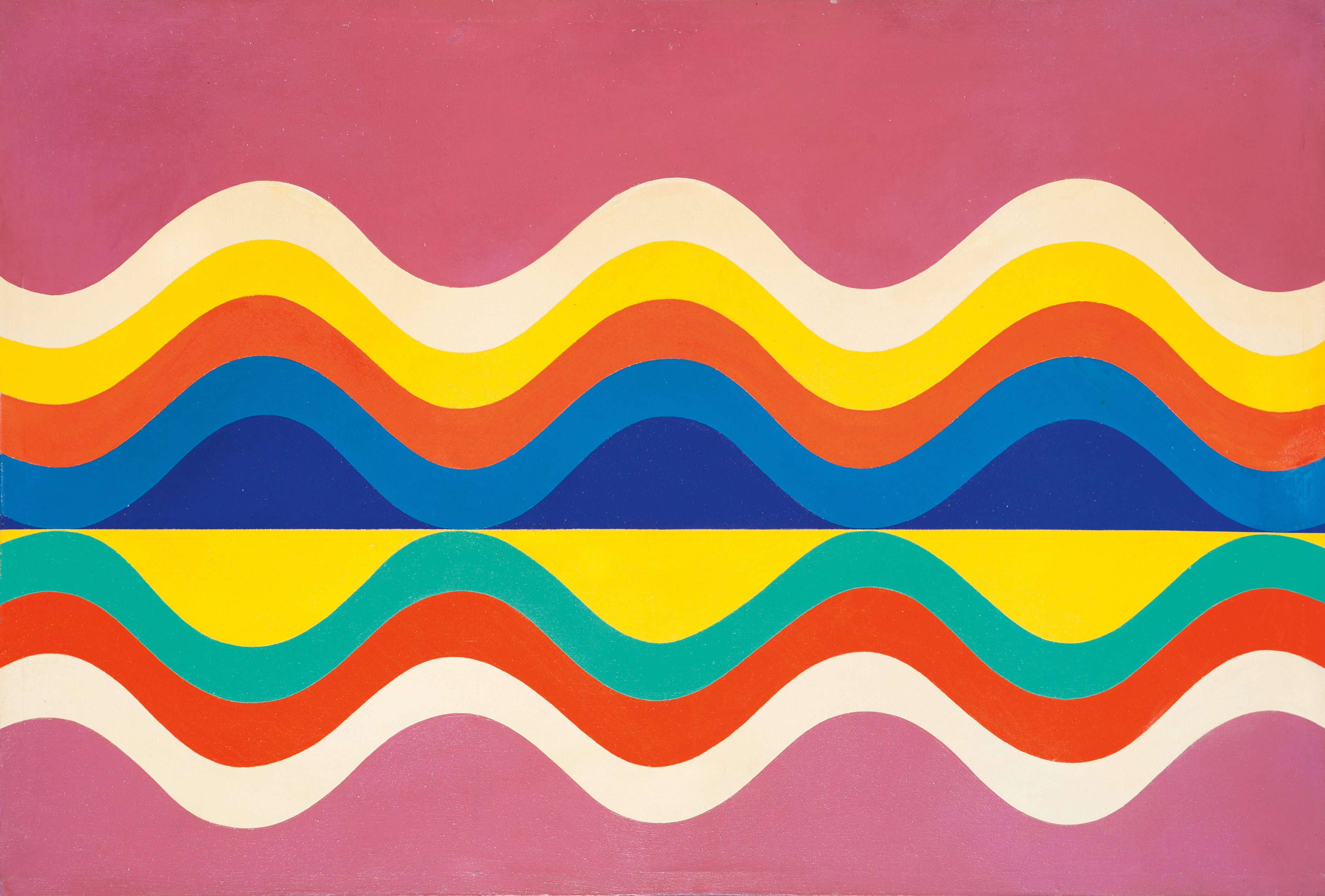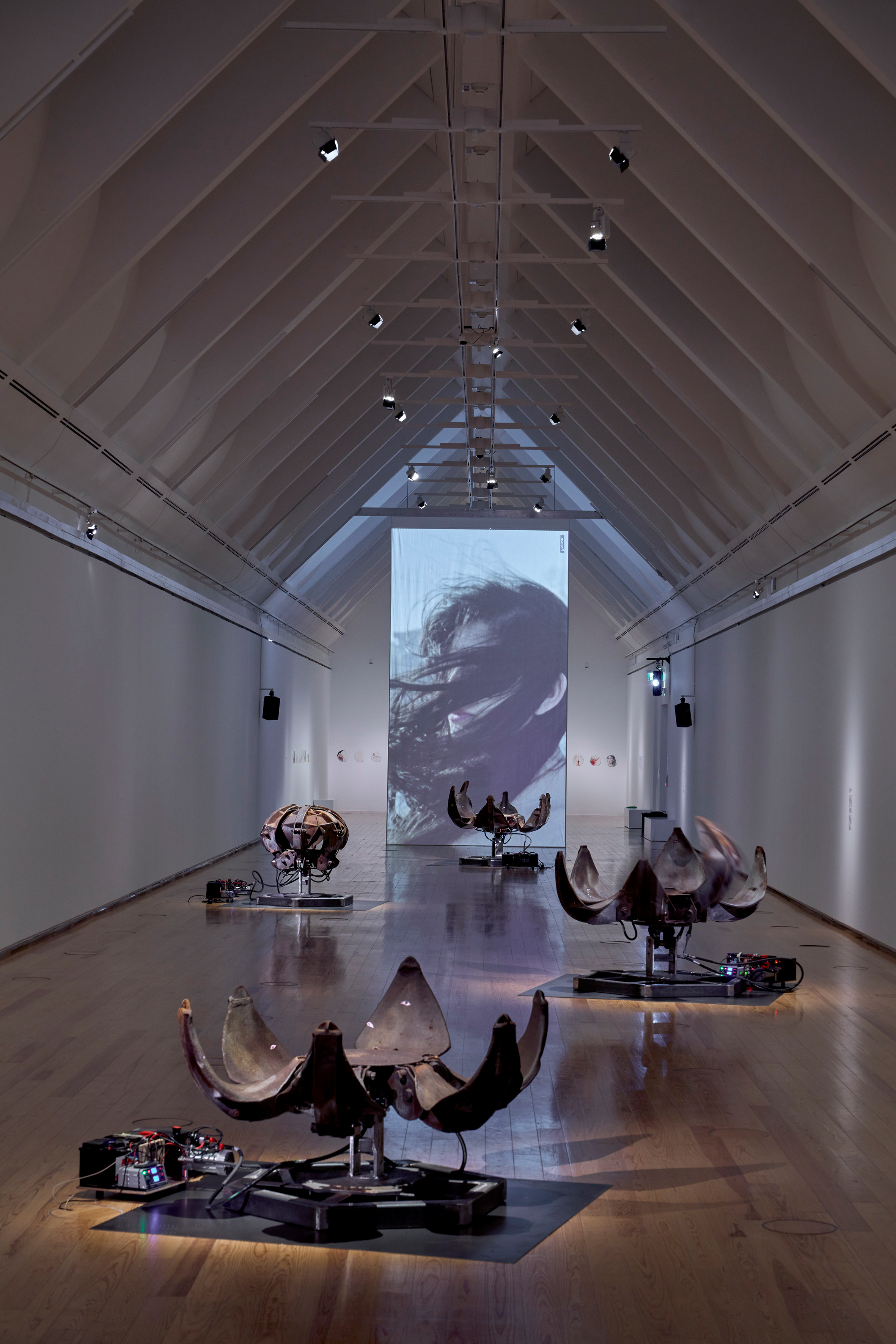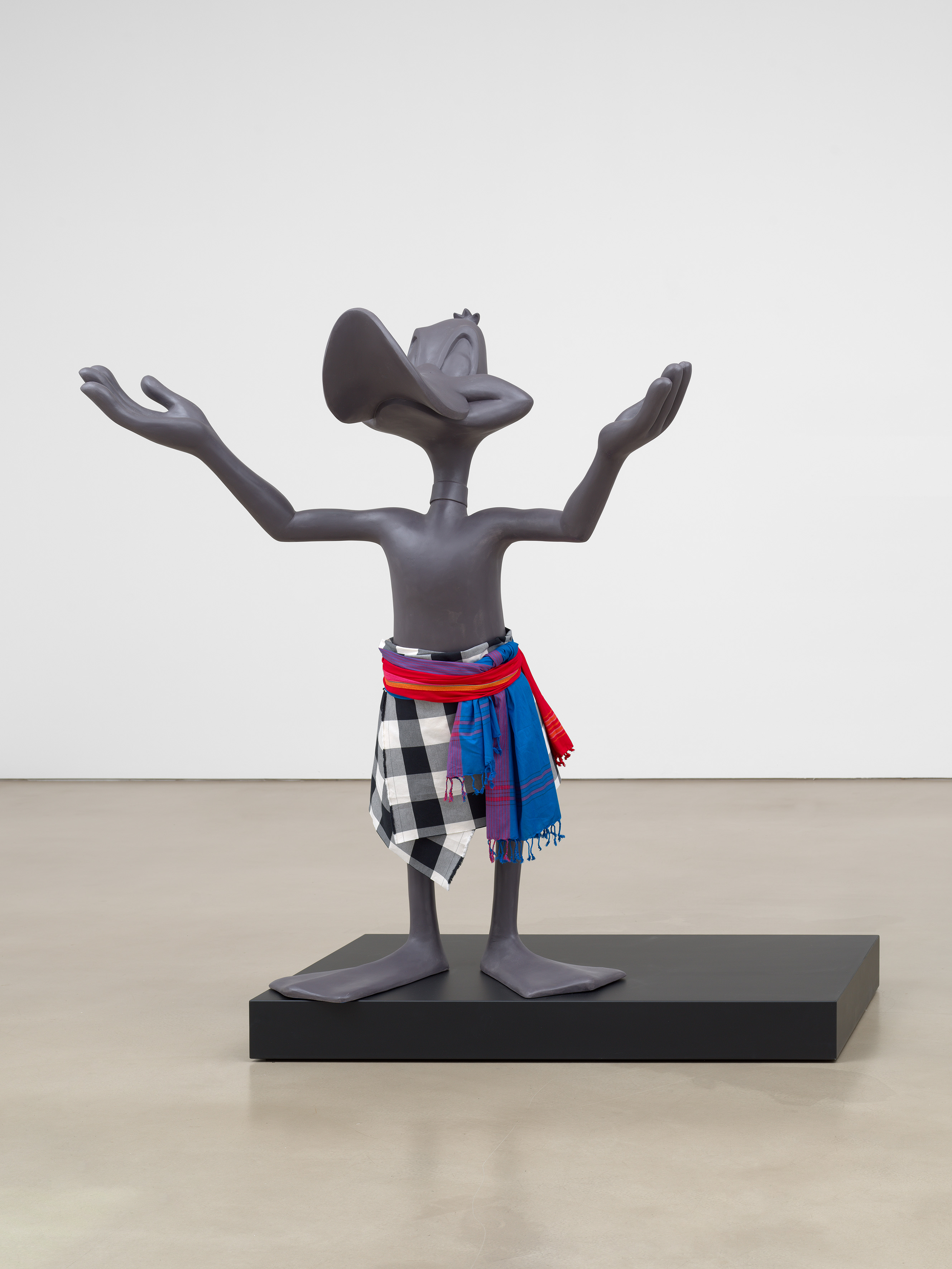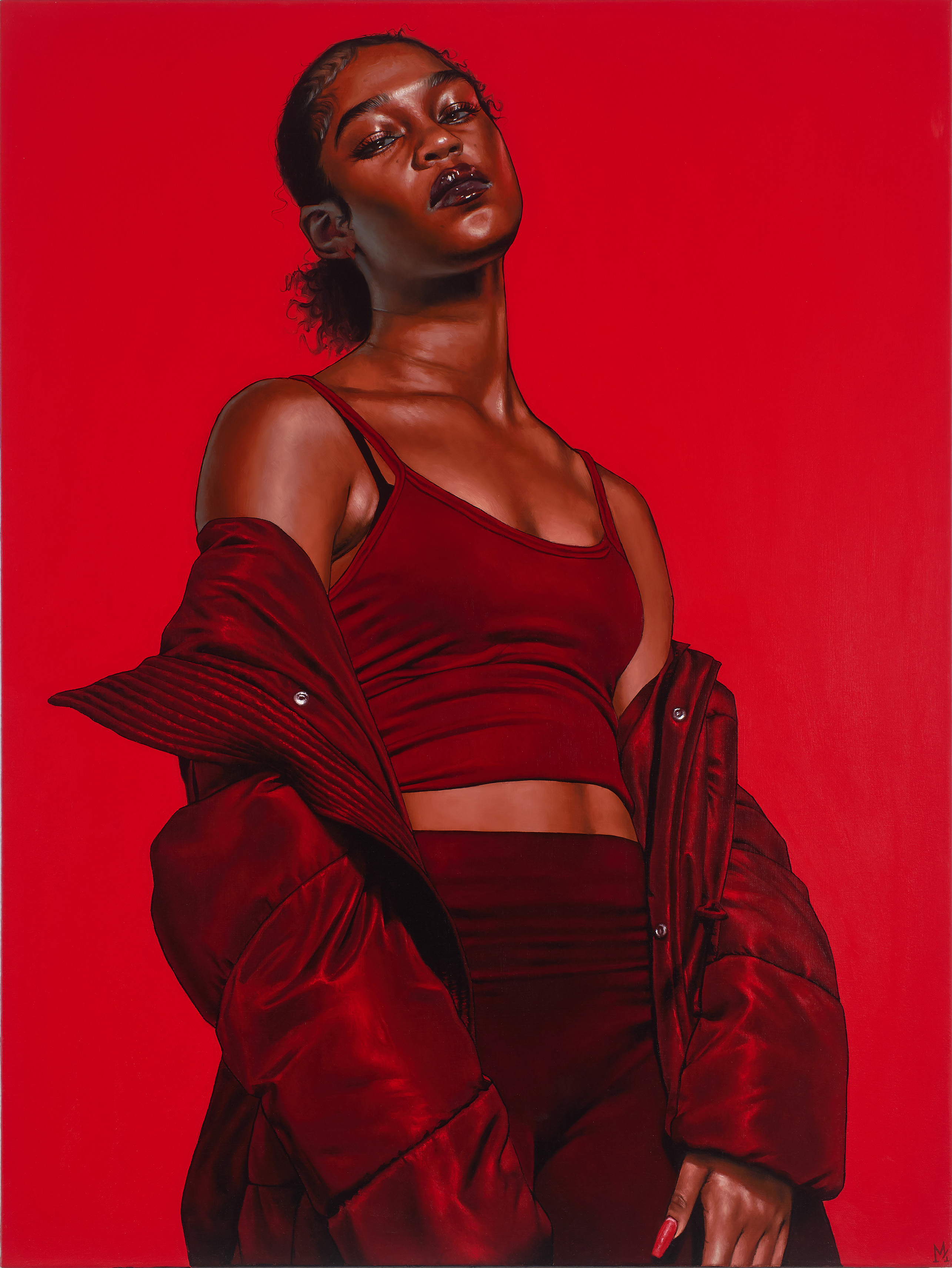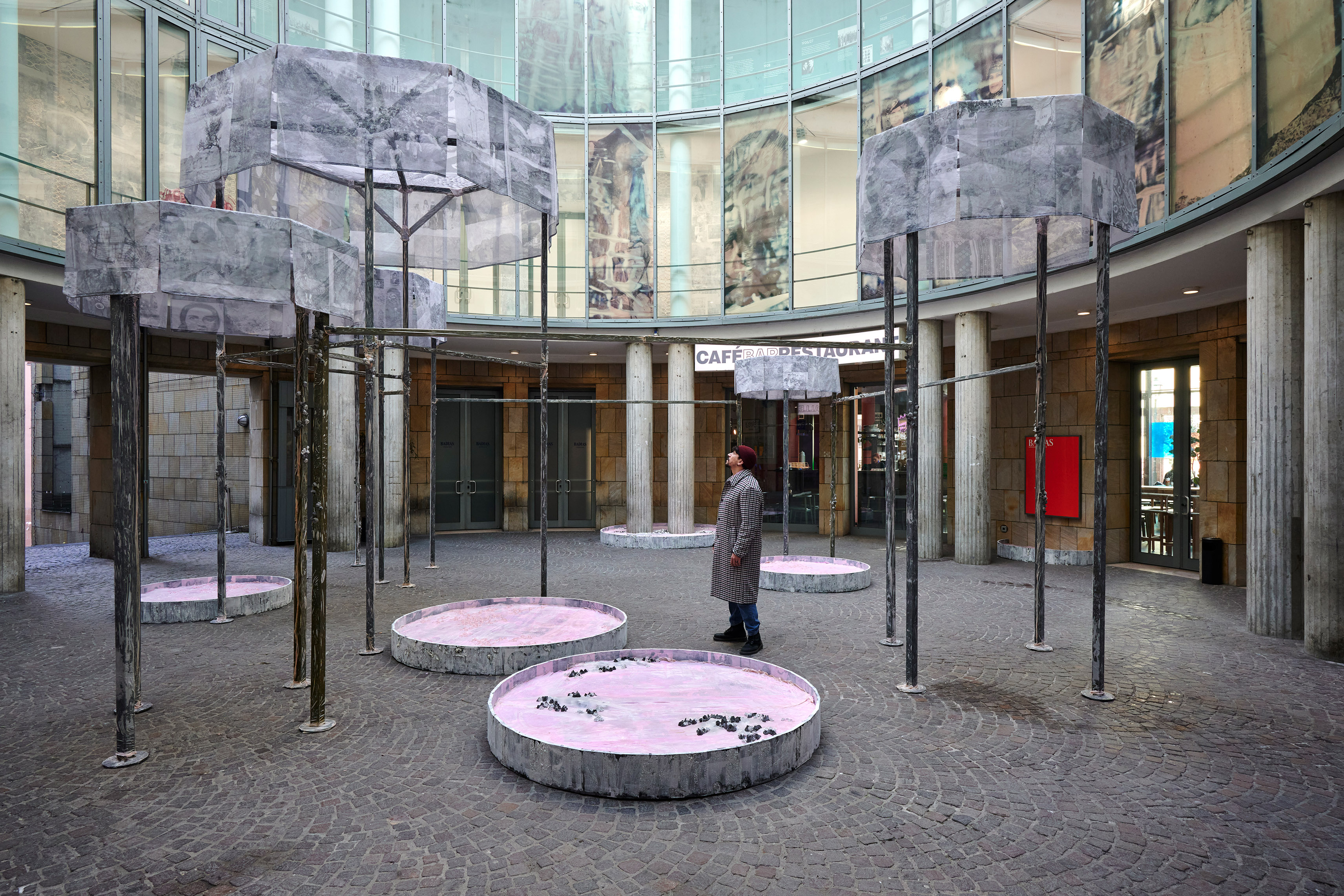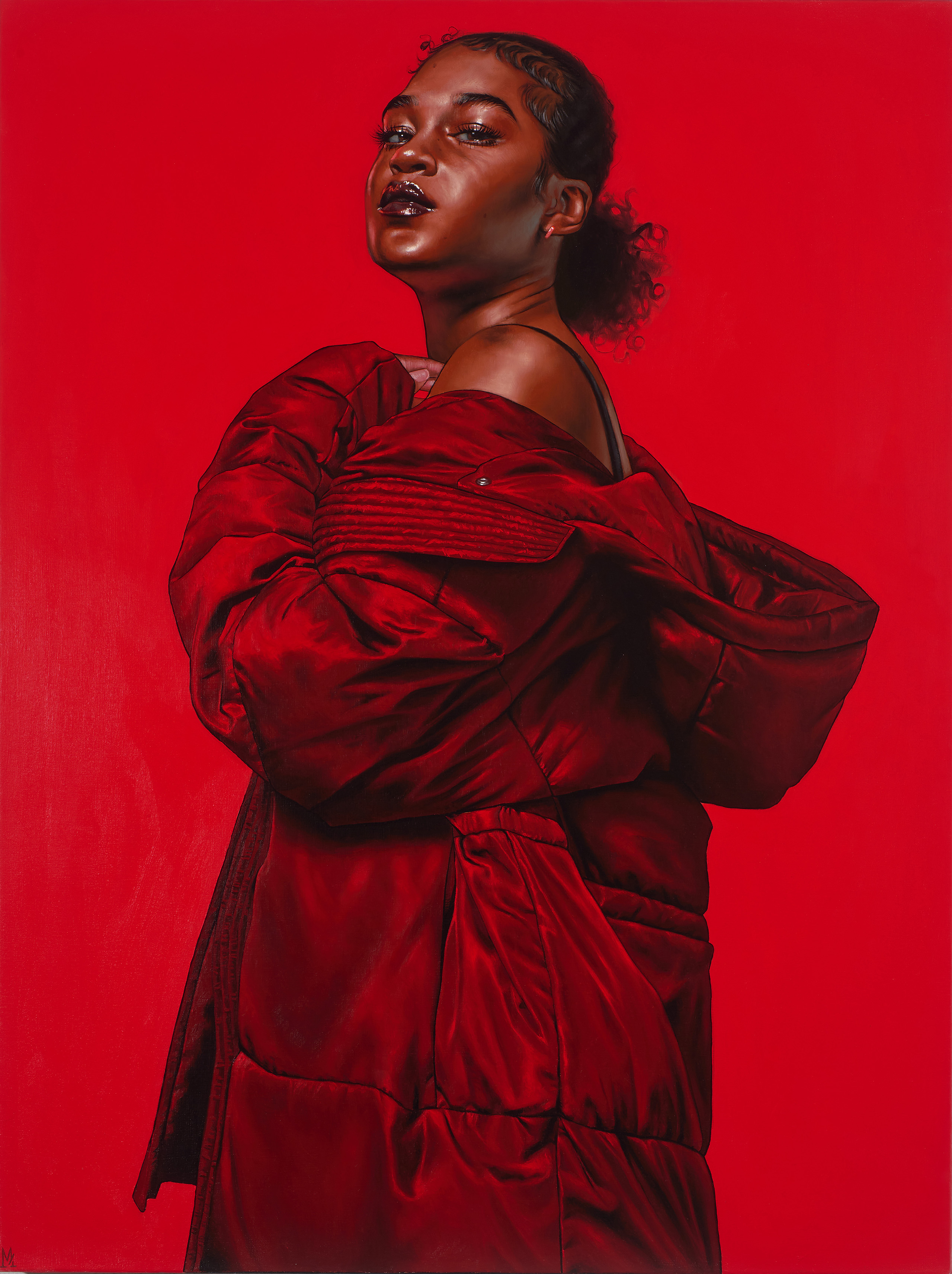TOTAL ENLIGHTENMENT
MOSCOW CONCEPTUAL ART 1960 – 1990
21 June – 14 September 2008
Römerberg
60311 Frankfurt, Germany
phone: (+49) 69 29 98 82-0
fax: (+49) 69 29 98 82-240
welcome@schirn.de
The art which we know as Moscow Conceptualism emerged in the 1960s, and the performances, installations and texts of the Moscow Conceptualists constituted a critical reflection on Soviet imagery. As artistic endeavor in the Soviet Union was subject to strict ideological censorship, the activities of this group of artists were perceived as a kind of political provocation, for these artists usurped for themselves the privilege of interpreting art and society, which was supposed to be the sole provenance of the Communist Party. This exhibition presents about 130 works by 30 artists, including Erik Bulatov, Ilya Kabakov, Vitaly Komar & Alexander Melamid, Alexander Kosolapov, Igor Makarevich, Elena Elagina, Andrei Monastyrski, Boris Mikhailov, Dmitri Prigov, Leonid Sokov and Vadim Zakharov. As early as 1992, the Schirn Kunsthalle Frankfurt undertook a fundamental appraisal of the Russian avant-garde with its exhibition “The Great Utopia,” and explored the art of the subsequent Stalinist period with the show “Dream Factory Communism” in 2003. With “Total Enlightenment,” the Schirn Kunsthalle is now staging its third exhibition of Russian art, and has thus comprehensively documented and analyzed all of the most important artistic trends of the twentieth century in Russia and the Soviet Union.
In the Russian art community, Moscow Conceptualism is considered the most important Russian art movement of the second half of the twentieth century. In the West, even though individual representatives of this group, such as Ilya Kabakov, Erik Bulatov, Vitaly Komar and Alexander Melamid, Andrei Monastyrski, Vadim Zacharov, Pavel Pepperstein and Yuri Albert, are known, there has to date been no attempt to place the group in an art historical context through an exhibition.
Moscow Conceptualism grew out of the independent, unofficial Moscow art scene of the 1960s, 1970s and 1980s. This scene emerged in the larger cities of the Soviet Union almost immediately after Stalin’s death in 1953. Although tolerated by the authorities, it was cut off almost entirely from the official exhibition circuit and the state-controlled mass media. The name “Moscow Conceptualism” references both the Moscow underground scene and the Western, particularly Anglo-American, conceptual art of the 1960s which was well known to the Moscow Conceptualists. But in Moscow, this practice underwent a fundamental transformation that derives from the specific conditions under which all art in the Soviet Union functioned. In the Soviet Union there was no market, and thus no art market. The value of a work of art was determined not according to the rules of the market economy but the rules of the symbolic economy, according to which all of life in the Soviet Union was ordered. When observing a picture, the normal Soviet viewer, though entirely unfamiliar with Art and Language, would automatically replace this picture with its possible ideological-political-philosophic commentary—and he would consider solely the commentary in evaluating that picture as Soviet, half-Soviet, non-Soviet, anti-Soviet, etc. Moscow Conceptualism thus saw itself as an investigation of the Soviet symbolic economy.
The artists of the first generation of Moscow Conceptualism of the 1960s and 1970s, such as Ilya Kabakov, Vitaly Komar and Alexander Melamid, Dmitri Prigov or Lev Rubinstein, mainly used the language of the “simple Soviet person.” The carefully selected and iteratively censored formulations of official Soviet ideology were inevitably damaged and displaced by their quotidian “uncultivated” use, and simultaneously “adulterated” with every conceivable purely private and unconsidered opinion. Ilya Kabakov and Dmitri Prigov in particular helped themselves liberally to this trove of everyday, uncultivated theorizing in their commentaries on their own and other art, and often in a highly entertaining fashion. One can say that Moscow Conceptualism made the discursive mass culture of its time into its object. On the one hand, it was indeed a kind of conceptual art. But it was much more than just a kind of discursive Pop Art.
Like almost all avant-garde movements of the twentieth century, the Moscow Conceptualists systematically organized a counter-public, which primarily comprised the artists themselves and their friends. They met regularly to discuss new works and texts. They issued their own and international publications, and created archives. Particularly Andrei Monastyrski and his group “Collective Actions,” which started staging actions in the mid-1970s, contributed to triggering a process of self-institutionalization of Moscow Conceptualism.
The break-up of the Soviet Union in 1991 brought with it the de facto dissolution—or irrelevance—of all state Soviet institutions. In the post-Soviet era, the tradition of Moscow Conceptualism has thus taken on a special significance—for this group, which also included curators and art critics, formed the seed for the emergence of a new art public in the new Russia.
An exhibition of the Schirn Kunsthalle Frankfurt and the Fundación Juan March, Madrid. “Total Enlightenment. Moscow Conceptual Art 1960–1990” will be presented at the Fundación Juan March, Madrid, from 10 October 2008 to 11 January 2009.
FEATURED ARTISTS: Yuri Albert, Sergei Anufriev, Grisha Bruskin, Erik Bulatov, Ivan Chuikov, Elena Elagina, Andrei Filippov, Ilya Kabakov, Georgy Kiesevalter, Collective Actions, Komar & Melamid, Alexander Kosolapov, Yuri Leiderman, Igor Makarevich, Inspection Medical Hermeneutics, Boris Mikhailov, Andrei Monastyrski, Nikolai Panitkov, Pavel Pepperstein, Viktor Pivovarov, Dmitri Prigov, Lev Rubinstein, Leonid Sokov,
Vadim Zakharov.
CATALOGUE: “Total Enlightenment. Moscow Conceptual Art 1960–1990.” Edited by Boris Groys, Max Hollein and Manuel Fontán del Junco. With a foreword by Max Hollein and Manuel Fontán del Junco, texts by Ekaterina Bobrinskaya, Manuel Fontán del Junco, Boris Groys, Martina Weinhart and Dorothea Zwirner as well as artists’ texts by Ilya Kabakov and Andrei Monastyrski. German-English edition, 440 pages with 150 color illustrations, Hatje Cantz Verlag, Ostfildern, 2008, ISBN 978-3-7757-2124-0.
DIRECTOR: Max Hollein
CURATOR: Prof. Dr. Boris Groys
OPENING HOURS: Tue., Fri. – Sun. 10 a.m. – 7 p.m., Wed. and Thur. 10 a.m. – 10 p.m.
INFORMATION: www.schirn.de
PRESS CONTACT: Dorothea Apovnik, phone: (+49-69) 29 98 82-118, fax: (+49-69) 29 98 82-240, e-mail: dorothea.apovnik@schirn.de www.schirn.de (texts and images for download under PRESS).
